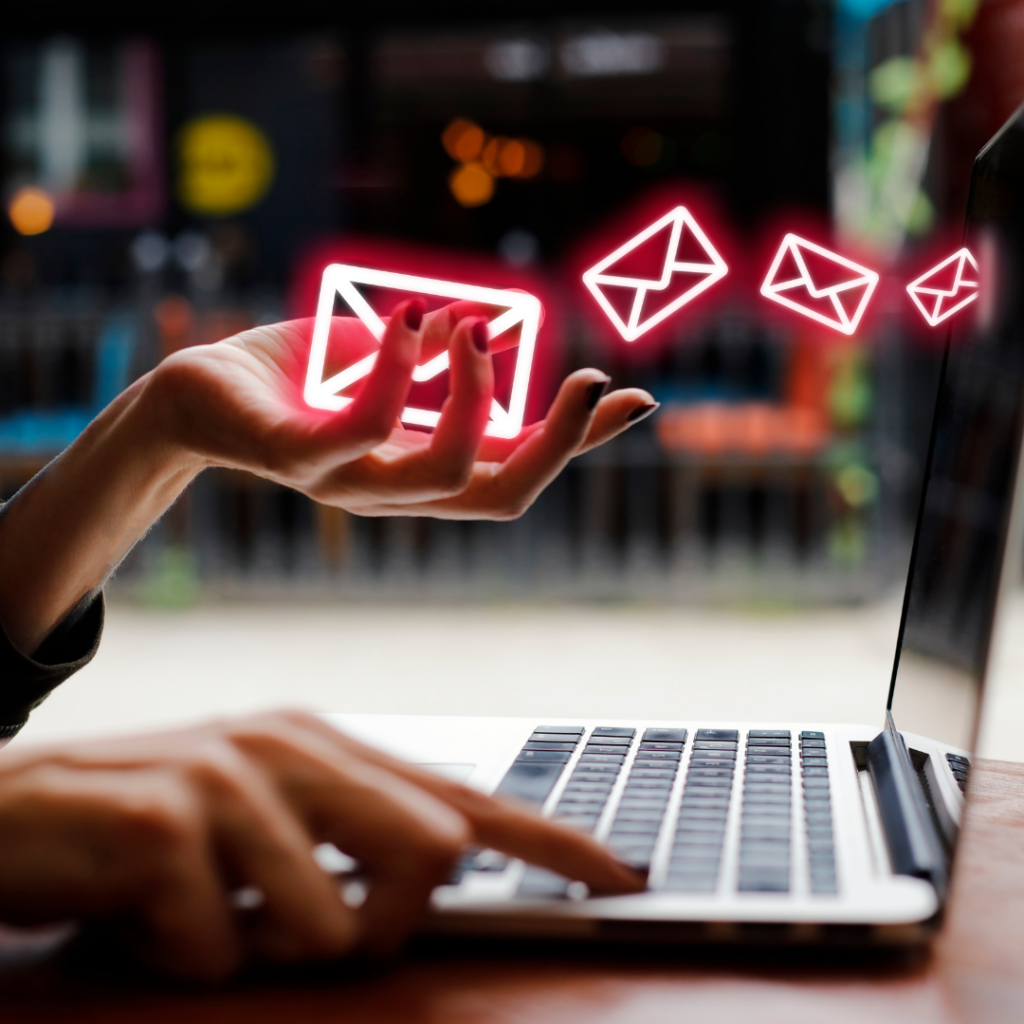What is email marketing?
Email marketing is one of the best tools any marketer or business owner can utilise from their marketing toolbox. With an average 3800% ROI – it’s clear to see why.
It can be tricky for small business owners in today’s fast-paced digital world. The change of pace is scary – and it can sometimes feel that you can master one digital tool, for the goalposts to shift and all your knowledge becomes redundant overnight.

One tool however, remains consistently easy to understand and upskill on – and that’s email marketing. There is no other marketing tool that has the longevity of email marketing; many trends have come and gone, but email remains one of the most powerful channels available to today’s small business owner.
Here’s some of our favourite email marketing stats:
- There are 4 billion daily email users – this is expected to increase to 4.6 billion by 2025.
- 35% of marketers send their customers 3-5 emails per week
- 78% of marketers have seen an increase in email engagement over the last 12 months
- The global email marketing market was valued at $7.5 billion in 2020 and is projected to increase to $17.9 billion by 2027
Why use email marketing?
Not only are the stats above impressive, but there are lots of other great reasons as to why you should use email marketing.
- Email grabs the attention of your users, right into their inbox.
According to Campaign Monitor, 90% of email gets delivered to the recipient’s inbox. This compares with social media, where (at best) only 5% of your followers will see your posts. These figures are powerful; think about it… If you post an update to your 10,000 followers only a few hundred will have a chance of seeing it. Compared with if you send an email campaign to 10,000 subscribers at least 9,000 of them will receive it in their inbox.
- Email drives sales.
The average CTR (click through rate) of a social post is around 0.5%. This pales in comparison with email, where the CTR is on average 3%. And because you’re emailing a list of prospects who have signed up to receive your emails, the chances of them buying something is much higher than other channels.
- It’s highly personable
By using email, you can target the right person, at the right time, with a message that rings true to them. By segmenting your email list, you can target your recipients according to the data you hold on them, e.g., sending upsell emails to subscribers who have purchased a previous product.
Where do I start?
So now you know how powerful email is, you’ll want to get started. But before you start building your first campaign, there is some work to do.
- Integrate your EMS (email marketing software) with your website. This is especially important if your website is e-commerce. By linking the two, you’ll be able to get a full end-to-end picture of how much revenue is being driven by your email sends.

- Consider your data. The foundation of really good email marketing is a really good email list. The best campaigns start with a list full of opted-in, qualified subscribers, who are interested in your offering. There are many ways to start building this list, and one of the first places to start doing this is via your website. Try to make your site as ‘sticky’ as possible, by using forms and exit pop-ups, with an incentive, e.g., 10% off if you subscribe to our newsletter.
- Determine your objectives. All good email marketing strategies start by setting objectives and knowing exactly what they want to achieve, and how these goals fit in with the . Maybe you want to welcome new email subscribers, or nurture existing subscribers, or win back abandoned carts… Be clear from the start about what you want to achieve and build your campaigns around that.
Once you’ve considered the above 3 steps you can get to work on launching a really great marketing campaign, that’s targeted to your audience, that’s measurable and will help you achieve your overarching business goals.
